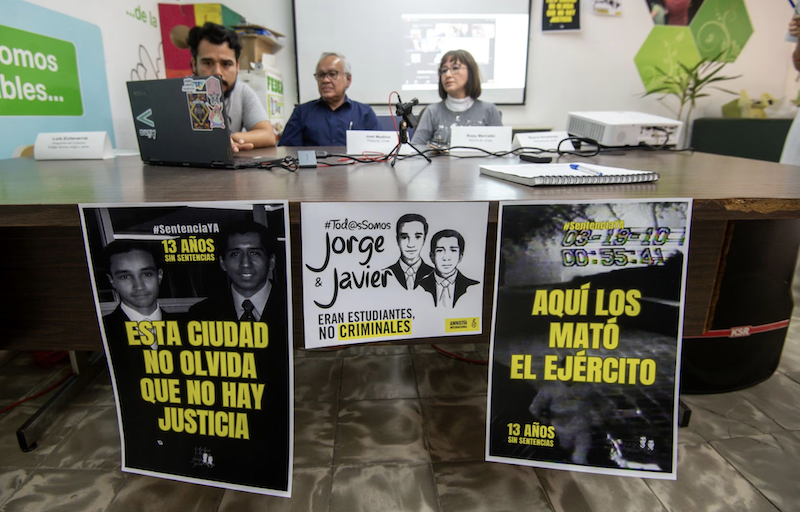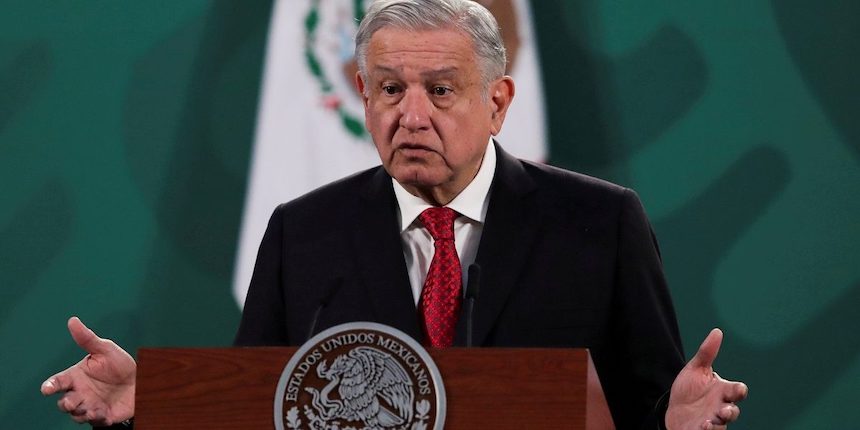
04/29/14 — Mexican Secretary of Finance and Public Credit Luis Videgaray Caso announced in mid-April that by the end of the month Mexico would finally have its own anti-money laundering list (“Lista de Personas Bloqueadas”), which will include the names of individuals and businesses that can no longer participate in financial transactions, such as opening or using bank accounts. Once generated, the names will be passed to authorities and financial institutions that are then to “immediately suspend any operation or service being provided to those added to the list,” explained Alberto Elías Beltrán, the official charged with implementing the Ministry of Finance and Public Credit’s (Secretaría de Hacienda y Crédito Público, SHCP) new anti-money laundering law (Unidad de Implementación de la Ley de Lavado de Dinero). The law, which entered into force in late 2013, authorizes the SHCP to create and establish mechanisms to combat money laundering, such as the new list seeks to do.
The SHCP published the criteria for individuals or entities to be named to the list in Mexico’s Official Journal of the Federation (Diario Oficial de la Federación, DOF) on April 26. Among other guidelines, those named must have been previously involved in drug trafficking or terrorist activities; known or worked with criminal or terrorist organizations’ members; and/or been named on certain lists in the past, including some published by the U.N. Security Council and other organizations. Earlier reports indicated that Mexico would draw largely from the names published by the U.N. and U.S. Treasury Department’s Office of Foreign Assets Control to generate their own list, though inclusion on the former lists would not automatically mean their being named to the latter. Elías Beltrán also clarified that those named to Mexico’s would not necessarily face criminal charges, rather administrative proceedings, and that they could appeal their inclusion in the list in front of the head of the SHCP’s Intelligence Unit (Titular de la Unidad de Inteligencia Financiera de la Secretaría). As reported in Dinero en Imágen, the SHCP’s publication in the DOF also laid out the processes that financial entities in Mexico must follow in an effort to combat money laundering and financial irregularities. Those rules included the reporting of handling transactions worth more than $10,000 (USD), maintaining records of such transactions for ten years, and detailing such incidents to the SHCP within 30 days.

Since the SHCP’s announcement, however, several concerns have been raised. For one, Gerardo Palomar Méndez, law professor at the Monterrey Institute of Technology (Instituto Tecnológico de Monterrey), suggests that an individual or business named to the list should only be those who have been sentenced for organized crime or terrorist activities. “I think that we, as a Mexican state, should be very careful in how these lists are put together and who is included,” he cautioned in an interview with The Associated Press, “because if we are not, then there will be 20,000 human rights complaints.” Others have also questioned the decision to make the new list confidential, whereas its counterpart in the United States is publicly available. Official Elías Beltrán, however, defended his department’s decision, saying, “There could be a person who follows the procedure to be excluded from the list and we don’t want [that] to affect their reputation by making this list public.”
Nevertheless, Mexico’s anti-money laundering list is a recognized step forward and one that many have called for in the past. Writes The Associated Press, the back and forth argument between the United States and Mexico has been that, on the one hand, Mexico continued to allow those named on the U.S. and U.N.’s black lists—particularly members of drug cartel and criminal organizations—to continue operating financially in Mexico, while laundering their profits. On the other hand, however, Mexico claimed those lists did not provide enough detail or evidence for the Mexican government to take action against the individuals and businesses named. Mexico’s 2013 anti-money laundering law and recent creation of the Lista de Personas Bloqueadas collectively seek to address those concerns.
Sources:
Associated Press. “Lista antilavado será confidencial: Hacienda.” El Universal. April 15, 2014.




